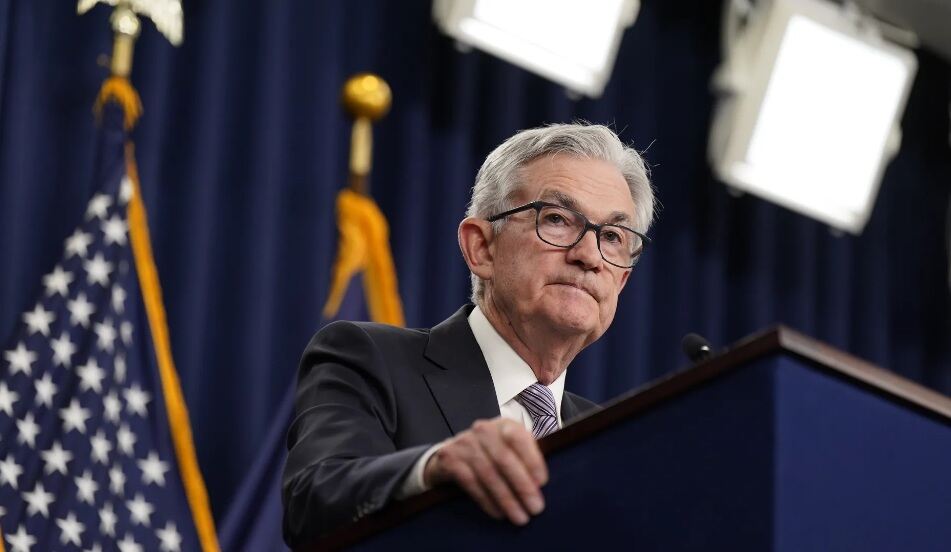Today: December 2, 2025
U.S. Federal Reserve Pauses Rate Hikes, But Signals More Tightening Ahead
The U.S. Federal Reserve voted Wednesday to pause its aggressive campaign of interest rate hikes despite “elevated” inflation. Still, it also indicated a sharp increase could be needed before the end of the year. The central bank’s rate-setting committee voted to hold its benchmark lending rate between 5% and 5.25%, a widely expected move. But in a press conference afterward, Fed chair Jerome Powell sounded cautiously hawkish and suggested the Fed might be ready to return to its hiking path at some point this year.
That would be a dramatic turn for policymakers who had pushed rates to their highest levels in 40 years to cool an overheating economy and douse the country’s most persistent bout of inflation. Recent data shows the effort may be working, as consumer price growth slowed more than forecast in May.
But Powell suggested the pause “allows the economy a little more time to adapt as we make our decisions going forward,” adding that the central bank still needs to push borrowing costs further into negative territory. That would reduce the incentive for consumers and businesses to spend, slowing economic activity and lowering prices over time.
Powell cited the lingering effects of an overheated housing market and financial sector turmoil after the collapse of two U.S. banks in the spring, triggering fears of contagion for other institutions. He also cited global economic weakness and an imbalance in the labor market, making it harder for companies to find workers. Wednesday, the Fed’s updated economic projections showed that officials now expect a modest recovery and more inflation. However, they have pared down their outlook for this year to just one additional quarter-point rate increase, up from the two they expected just three months ago.
Those projections also show that a majority of Fed policymakers see the need for another rate increase before the end of 2023 and even some more in 2024. Officials are divided on how much more tightening is required to get the job done, with hawks generally favoring higher rates to quell inflation and doves preferring lower ones to help the recovery.
The pause will likely immediately impact the markets as investors shift their expectations of future rates. CME Group has already raised the odds of a rate hike at the next Fed meeting in July to 61.4%, from 62.8% a week earlier, but that is not guaranteed.
The Fed’s next policy meeting is in mid-July, and the market will be paying close attention to data that might signal whether a rate rise is still in the cards. The latest jobs report and monthly inflation figures will be released that day. Those data will be closely watched because they are among the last pieces of financial information the central bank has before its next policy meeting. Then the Fed will have six weeks to weigh its options as it tries to strike the delicate balance between tackling stubbornly high inflation and avoiding a sudden economic slowdown.
Tags
Brielle Duddy is a freelance writer and editor with a background in journalism. She has written for a variety of publications, with a passion for exploring the intersection of technology and society. Brielle is passionate about social justice and equality, and her writing often focuses on these issues. In her free time, she enjoys hiking, practicing yoga, and exploring the vibrant cultural scene in her hometown of Los Angeles.







